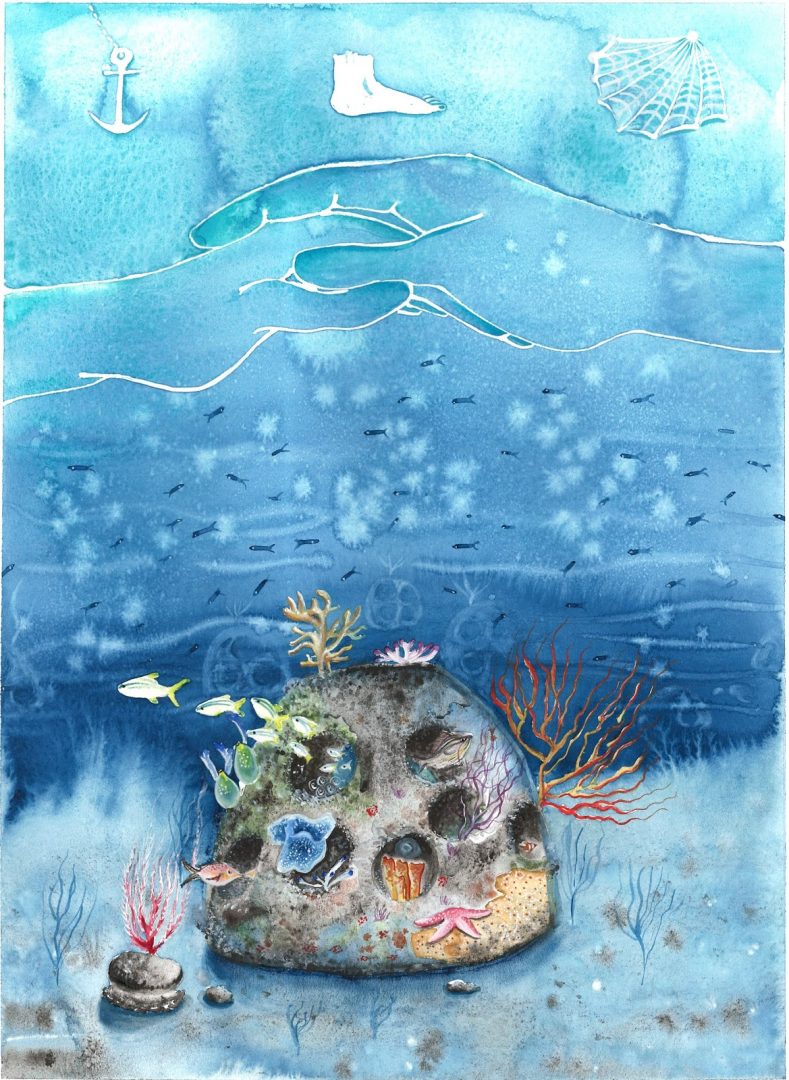
Coral reefs aren’t just vacation spots for families or sources of livelihood for fishermen- they also serve as habitats or ‘homes’ for a variety of fishes and other marine wildlife. However, human interference in the form of coastal development and dredging has caused a considerable disturbance and resulted in both fewer numbers and species of fish in coral reefs.
A recent project that took place in Broward County, Florida USA, examined whether artificial habitats could replace those that had been lost. The researchers chose 24 survey sites located in the Nova South Eastern University harbour (an important fish breeding area) and placed small, inexpensive artificial reefs, or ‘AR’ units at alternate sites. These sites were surveyed once a month for 14 months from 2015 to 2016. During these surveys, researchers counted both the number of fish as well as the number of species found.
The results showed that there was a significantly larger number of fishes at the AR sites than at the sites without the units, both in terms of abundance and diversity. The AR units hosted large numbers of grunts and snappers, as well as other small-sized and juvenile fishes since it provided them with protection and shelter from larger predators. Interestingly, this abundance gradually declined over time. The researchers suggest that this could be due to factors such as predation, as well as the development of smaller juvenile fishes to larger adults, which made them less vulnerable to predators and therefore less likely to seek shelter in the units.
This project demonstrated that artificial habitats, such as these AR units, can be used to reduce the loss of fishes due to habitat destruction. In the future, scientists are planning projects that use units with smaller spaces and partial caging so that smaller species can seek better refuge from predators. Though this does not fully compensate for the destruction of coral reefs, it is a simple but effective method that could be used to lessen the impact of habitat destruction.
Further Reading:
Patranella, A., Kilfoyle, K., Pioch, S., &Spieler, R. (2017). Artificial Reefs as Juvenile Fish Habitat in a Marina. Journal of Coastal Research, 33(6), 1341-1351.





